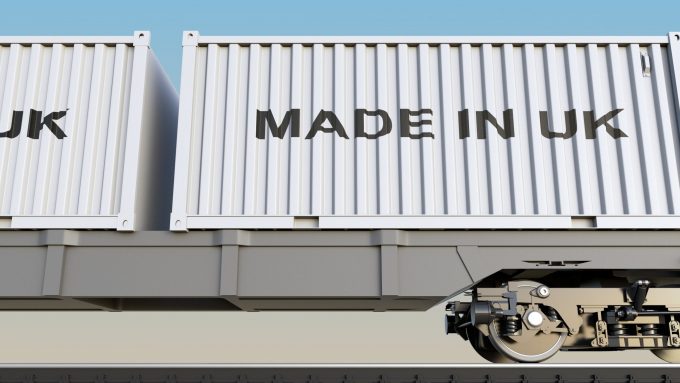Industrial action across Europe a drop in the ocean of delays, say shippers
Freight faces myriad disruptions across Europe, with soaring rates of inflation driving industrial action in ...
WMT: ON A ROLLDSV: SLOW START AAPL: LEGALUPS: MULTI-MILLION PENALTY FOR UNFAIR EARNINGS DISCLOSUREWTC: PUNISHEDVW: UNDER PRESSUREKNIN: APAC LEADERSHIP WATCHZIM: TAKING PROFITPEP: MINOR HOLDINGS CONSOLIDATIONDHL: GREEN DEALBA: WIND OF CHANGEMAERSK: BULLISH CALLXPO: HEDGE FUNDS ENGINEF: CHOPPING BOARD
WMT: ON A ROLLDSV: SLOW START AAPL: LEGALUPS: MULTI-MILLION PENALTY FOR UNFAIR EARNINGS DISCLOSUREWTC: PUNISHEDVW: UNDER PRESSUREKNIN: APAC LEADERSHIP WATCHZIM: TAKING PROFITPEP: MINOR HOLDINGS CONSOLIDATIONDHL: GREEN DEALBA: WIND OF CHANGEMAERSK: BULLISH CALLXPO: HEDGE FUNDS ENGINEF: CHOPPING BOARD

Some 40,000 UK workers at Network Rail could stage “the biggest rail strike in modern history” – a response to pay freezes and a threat to the jobs of some 2,500 workers, largely maintenance.
Between 26 April and 24 May, the staff will vote and, if there is a 50% turnout – a requirement of the 2016 Trade Union Act – the strike could begin in June.
An RMT spokesman said: “Freight cargo will be affected because our members who control train movement such as signallers will be on strike. Scheduled maintenance tasks will be cut by 50% under Network Rail plans, and we are opposed to this on safety grounds.
“A national rail strike will bring the country to a standstill, but our members livelihoods and the safety of the railways is our priority.”
A strike will affect all rail operations, both passenger and freight though it is said that those balloted will be passenger services staff.
“If the maintenance and signalling people come out, it would have a different effect than if it were just the drivers,” Rail Freight Group assistant policy manager Phil Smart told The Loadstar.
“Freight has remained buoyant during the pandemic and has an important future. There are alternatives to commuting for passengers, but moving bricks and aggregate around is not something that can be done remotely.”
RMT general secretary Mick Lynch said: “Railway workers have had to contend with pay freezes, the prospect of losing their jobs and repeated attacks on their terms and conditions. Removing 2,500 safety-critical jobs from Network Rail will spell disaster for the public, make accidents more likely and will increase the possibility of trains flying off the tracks.
“Train operating companies have praised our members for being key workers during the pandemic, but have refused to keep staff pay in line with inflation and soaring living costs.”
Plans are being drawn up by Network Rail for Control Period 7 (CP7), a five-year budgeting phase to start in March 2024. As part of these discussions, a decision is being made as to whether to continue to maintain the railways to “Route Availability-10” (RA10) – a standard of load-bearing for tracks, equivalent to 25.4 tonnes – or to allow maintenance standards to lapse to RA8 (up to 22.8 tonnes), which would entail a major culling of maintenance operations. This would have a considerable knock-on effect on the passage of rail cargo around the UK.
However, Mr. Smart explained, it was not necessarily possible to make a direct correlation between a lowering of maintenance standards and the number of job losses.
“You’ve got [technology] that sits on trains and monitors the condition of track, overhead wires and so on.” Given this, he added, he could not say how many of these jobs “are safety-critical… or how much it might relate to new track-monitoring technology”.
Comment on this article